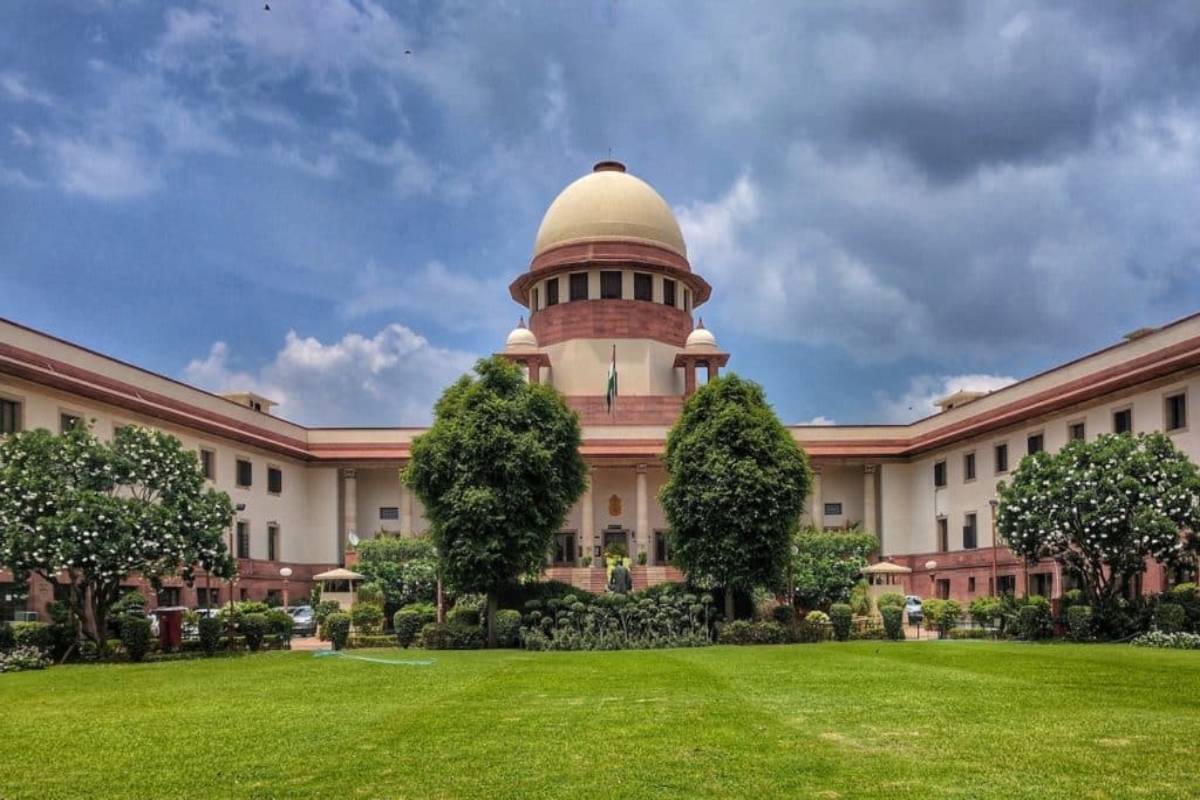Decomposed bodies of IRS officer, family members found in Kochi Customs Quarters
A senior customs officer, his mother and his sister were found dead at his official residence at Kakkanad in Kochi.
Terming the restrictions as “impractical”, the Supreme Court on Thursday put on hold the Kerala High Court’s order on the use of elephants and observing distances between them, the public, flambeau, and the percussion display during festival parades, including the ‘Thrissur Pooram”.

[File Photo]
Terming the restrictions as “impractical”, the Supreme Court on Thursday put on hold the Kerala High Court’s order on the use of elephants and observing distances between them, the public, flambeau, and the percussion display during festival parades, including the ‘Thrissur Pooram”.
Stating that any direction issued by the High Court contrary to the Kerala Captive Elephants (Management and Maintenance) Rules, 2012 would remain stayed, a bench of Justice BV Nagarathna and Justice NK Singh asked the Management Committees of Thiruvambady and Paramekkavu Devaswoms — the two major participants of the ‘Thrissur Pooram’ — to strictly adhere to the 2012 Rules during the ‘annual temple festival’ in Thirissur.
Advertisement
During the hearing, the bench observed that the High Court’s directions were “impractical” and asked how the High Court could frame rules, substituting itself for the rule-making authority.
Advertisement
The top court order came on appeals by the Management Committee of two major Devaswoms — Paramekkavu and Thiruvambady, the principal organisers of the event along with eight other temples — challenging the High Court’s guidelines for the elephant parade.
The High Court, by its November 13 and November 28 orders, mandated maintaining a minimum distance of three metres between two elephants during the parade, five metres between the elephant and the flambeau (fire pole) or any other source of fire, eight metres between the elephant and the public, and a similar distance from any percussion display.
“The spatial restriction imposed by the High Court, mandating a minimum distance of three meters between elephants, brings the historic Thrissur Pooram to a grinding halt, as the thousand-year-old venue, the Vadakkumnathan Temple, integral to Thrissur Pooram, cannot accommodate such constraints,” the appeal against the High Court order stated.
The appellants further stated, “This venue, with its traditional layout, has been the epicentre of the Pooram for centuries, and the direction by the High Court disregards the significance of the historic and UNESCO-recognised tradition.”
The petitioners have sought quashing of the November 13 and November 28 orders and, in the interim, sought a stay on the High Court guidelines. They also sought a direction to the state government not to rely on these orders while framing new rules, if any, during the pendency of the appeal.
Advertisement